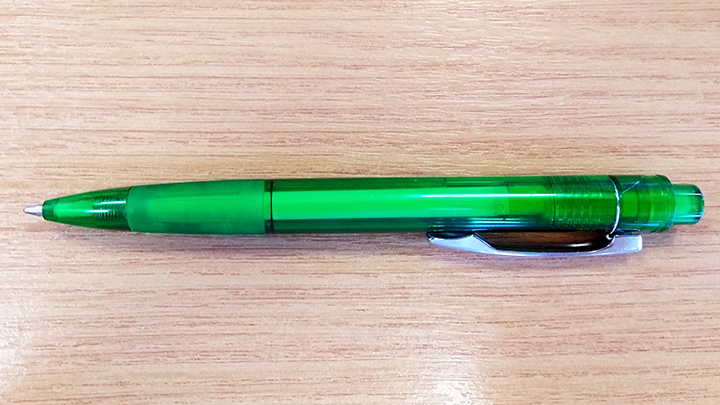
We’ve all done it: struggled to free the end of the sticky tape when it’s stuck fast to the roll. But while loosening it might be a problem, sensing the very small ridge with our fingers is relatively easy.
‘In fact, our ability to perceive very small ridges – our spatial resolution – is even better than that of the eye; we are able to feel ridges even smaller than the end of a roll of Sellotape,’ says Mike Adams, Professor in Product Engineering and Manufacturing in the School of Chemical Engineering.
Understanding the way in which we perceive material is crucial to the development of a wide range of technologies, from next-generation touchscreens to robots capable of carrying out medical operations.
‘The sense of touch is very important in everyday life, yet it’s not as well understood as other senses because not as much research has been done on it,’ explains Mike, whose specialisms include particle technology, process engineering, adhesion science and diffusion.
That is why research he is doing with Brygida Dzidek, a Marie Curie Early-Stage Researcher at Birmingham, and other colleagues is shedding new light on what happens when we touch different surfaces and materials with our fingers – paving the way for new haptic technology.
Their recent paper ‘Why pens have rubbery grips’, published in one of the world’s leading scientific journals, PNAS (Proceedings of the National Academy of Sciences of the United States of America), explains how the composition of our finger pads affects the way we find it easier to grip some surfaces better than others – why, for example, gripping a pen, tool, or handle feels more secure when it’s coated with a rubbery material.
It’s all to do with the material properties of the skin itself: At a small scale, the elastic protein keratin of the skin’s outer layer is stiff and rough, so when it encounters a smooth, hard and impermeable surface such as polished metal or glass, the actual contact area, as well as the friction, is initially small.
‘Because the keratin softens when it is hydrated by the moisture secreted from the sweat pores, it requires many seconds for the contact area to increase to the value reached almost instantaneously with a soft material, such as a rubber,’ Mike and his colleagues explain in the paper, which was recently awarded the College’s Paper of the Month award. In other words, the reason pens have rubbery grips is because when we touch a surface that is softer than keratin, there’s no time lapse while our sweat diffuses in the skin layer: we are able to grasp the pen top firmly immediately.
To prove why we have problems using fingerprints to access smart phones to get screens to respond instantly to our touch, Mike, Brygida and their team recruited two volunteers to press a dry index finger against a glass surface with increasing pressure. After two seconds, only a small part of the fingerprint was in direct contact with the glass. It took 20 to 30 seconds for the entire fingerprint to be visible on the glass.
‘Working with finger pads wasn’t particularly easy or reproducible,’ says Mike, who has won a raft of awards for his work and published more than 200 papers, book reviews and book chapters. ‘It might seem a trivial task, but it’s relatively difficult to reproduce results. People just thought fingerprint ridges came into contact with smooth surfaces straightaway. But only two do, really – the gross area and the finger print ridges. The process is very complicated.’
It’s the first time these effects have been observed, and the findings could play a significant part in the future design of tactile displays. Already, a University-based project called Prototouch, funded by the EU, is working on the design of next-generation touchscreens that use ultrasonic vibrations that give the illusion that smooth glass has texture.
There are many other real-life applications that could also benefit from this research. ‘We’ve done a lot of research on skin, in particular looking at the skin on the inner forearm,’ explains Mike. ‘Understanding friction of the skin is important for the treatment of pressure ulcers, for example.
‘The big thing in the future is in prosthetics: artificial tactile sensors connected to the nervous system, such as robotic hands. In robotics, there’s a huge interest in precision manipulation. The key to robots being able to perform medical operations, for instance, is the artificial finger-pad being able to have tactile perception. We hope our work can help with that.’